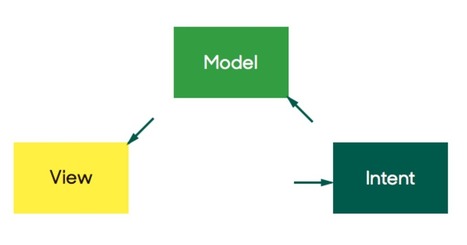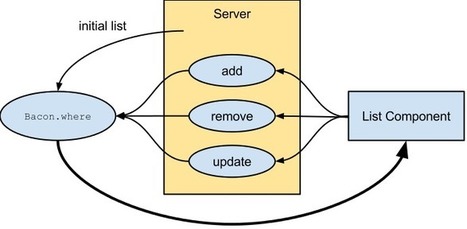MobX is a battle tested library that makes state management simple and scalable by transparently applying functional reactive programming (TFRP). The philosophy behind MobX is very simple:
Anything that can be derived from the application state, should be derived. Automatically.
which includes the UI, data serialization, server communication, etc.
MobX is inspired by reactive programming principles as found in spreadsheets. It is inspired by MVVM frameworks like in MeteorJS tracker, knockout and Vue.js. But MobX brings Transparent Functional Reactive Programming to the next level and provides a stand alone implementation. It implements TFRP in a glitch-free, synchronous, predictable and efficient manner.




 Your new post is loading...
Your new post is loading...














